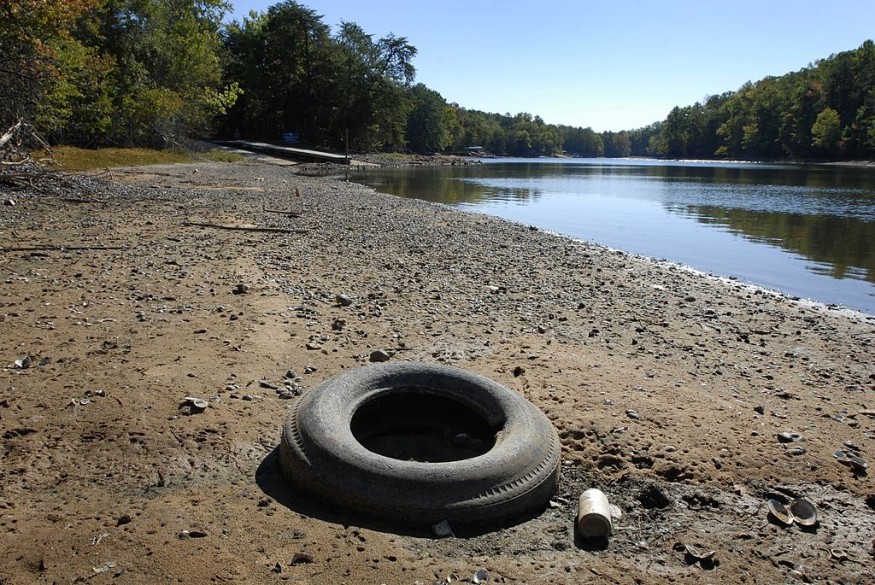
Lake sediments in North Carolina show that coal ash pollution has been persistent in surface waters for decades.
According to Phys.org, large quantities of coal ash have been transferred and deposited in lake sediments since the beginning of coal operations in North Carolina. Scientists at Duke University and Appalachian State University were able to construct the history of the lakes using age-dating methods.
The findings published in ACS Publications report significant sediment contamination in five North Carolina lakes near coal-burning power plants, posing potential chronic health and ecological risks due to hundreds of thousands of tons of coal ash detected.
Avner Vengosh, a Duke University Distinguished Professor of Environmental Quality at the Nicholas School of the Environment, say that while contaminants are not locked into the lake sediments, a chemical analysis of the pore water within the lake sediments indicated the metals leached out from the buried coal ash could enter the aquatic food chain.
Beneath the Surface
"These are recreational lakes," said Zhen Wang, a Ph.D. student at Duke Nicholas School of the Environment and the lead author of the study. "Some of them, like Hyco Lake, were originally built for the coal plant, but over the years, it has become very desirable real estate where people build their dream homes."
"It looks very pristine and beautiful, but if you dig in, you find piles of toxic coal ash."
It has long been overlooked how toxic elements in coal ash pose human and ecological health risks, from water contamination to its impacts on aquatic sediment quality, yet coal ash disposal has only been partially regulated.
The five lakes in the study nearby coal plants include Hyco Lake and Mayo Lake, North of Durham in Person County; Belews Lake, northwest of Greensboro in Rockingham, Forsyth and Stokes Counties; Mountain Island Lake, northwest of Charlotte in Mecklenburg County; and Lake Sutton, northwest of Wilmington in Brunswick County.
The researchers also sampled Lake Waccamaw in Columbus County, west of Wilmington, for comparison.
Underestimated Environmental Impacts of Coal Ash
Ellen Cowan, a professor of Geology at Appalachian State University and co-author of the study said that coal ash initially appears to be just dumped into the nearby lake, but when the Clean Air Act was enforced, they find changes in the coal ash with higher proportions of small particles.
These small particles are found to contain the highest concentrations of toxic elements, which made contamination worse for the lakes.
In addition, the team found that the coal ash could reach lakes by three possible routes: Atmospheric emissions of coal ash; climate events like tropical storms and hurricanes; and ordinary flows of effluents from the coal ash ponds.
"The new findings indicate that we have underestimated the environmental impact of coal ash," Vengosh said.
In fact, this was a larger problem than previously imagined given the environmental impacts of climate change. While only five lakes were deeply examined, there are still numerous lakes or open water reservoirs next to coal plants not only North Carolina, but all over the country.
Related article : Russia-Ukraine War Inflicting Estimated Cost of 36 Billion Euros of Damage on the Environment in Ukraine
© 2025 NatureWorldNews.com All rights reserved. Do not reproduce without permission.





